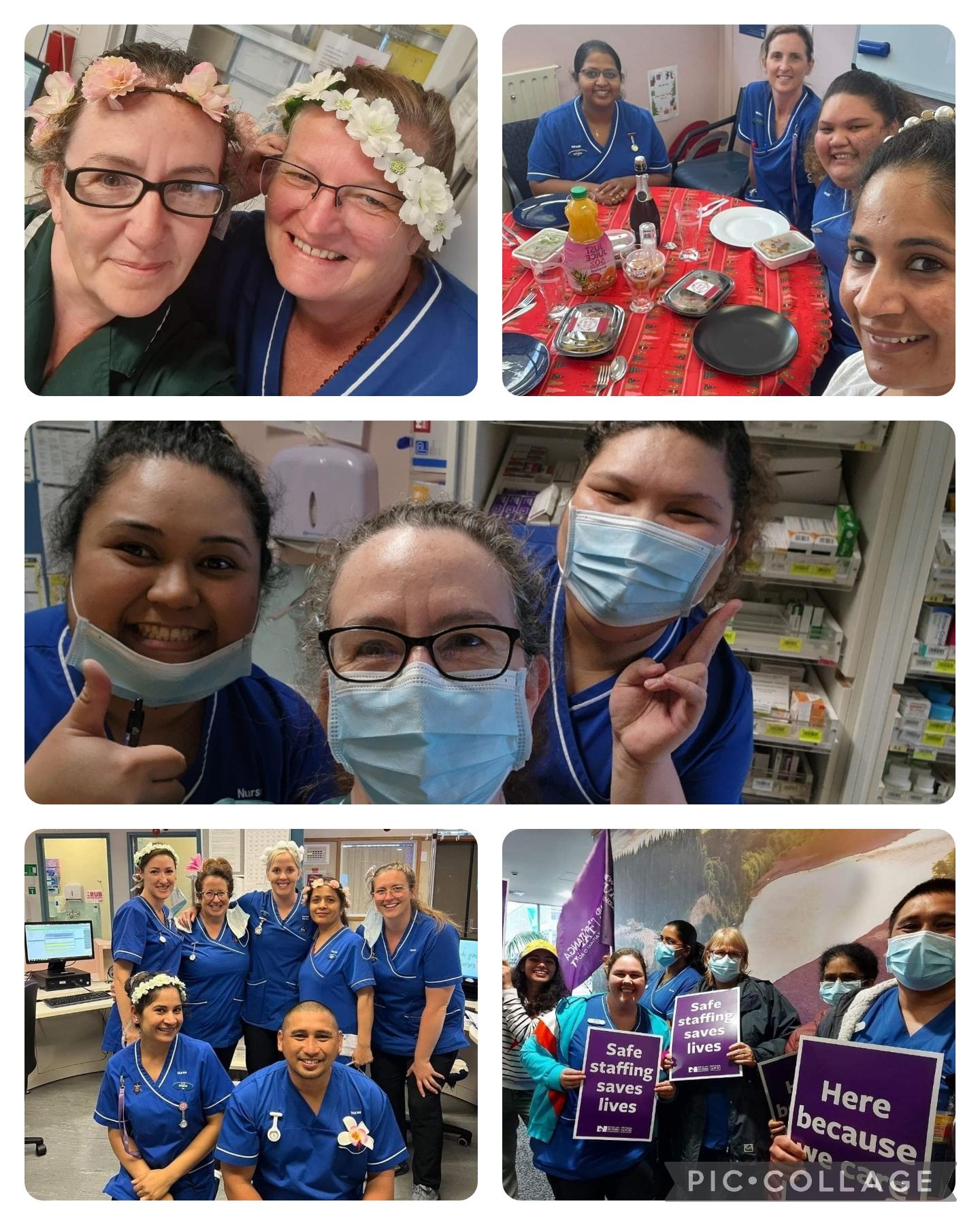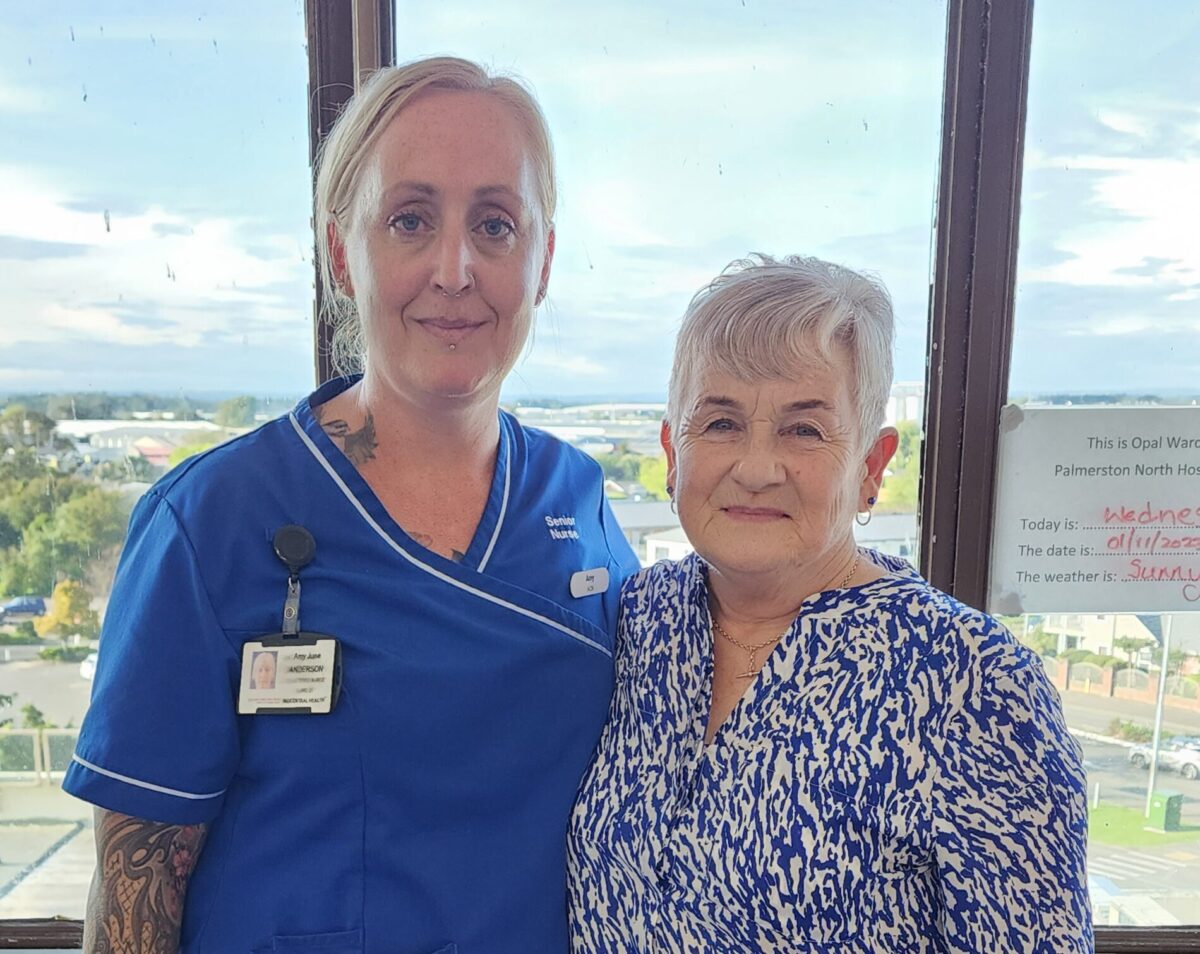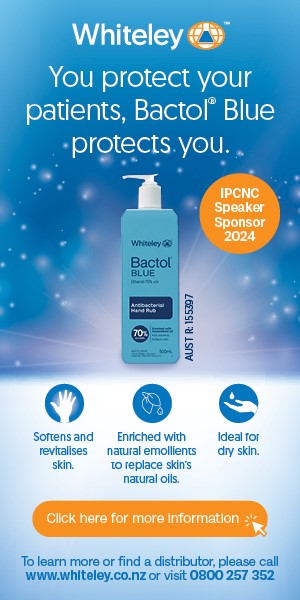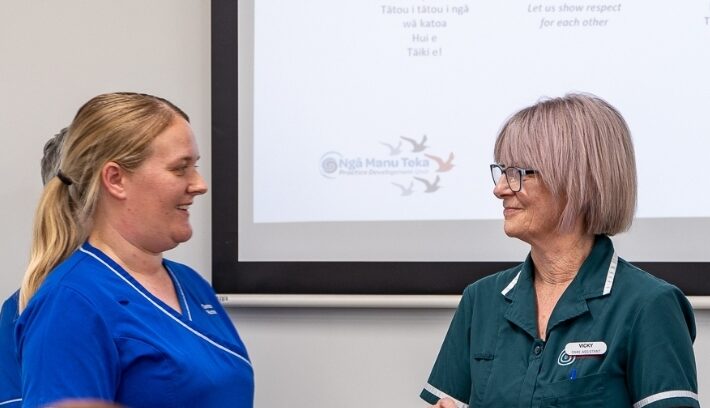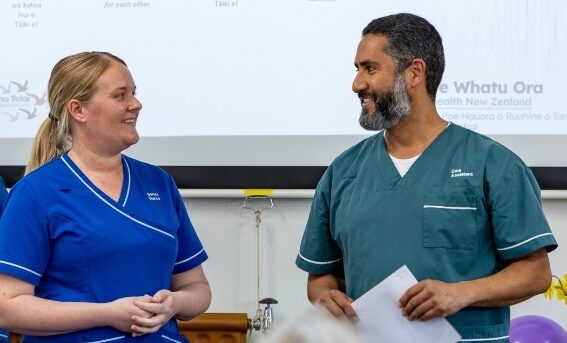Bernadette Casey — Bernie — has worked as an HCA for nearly 50 years in aged care residences and hospitals around the country — the past 15 at Palmerston North Hospital’s Opal rehabilitation and older person’s ward.
“She’s just a shining star for us, and I think acknowledging the work she’s put towards people and the kindness and compassion to families in everything she does makes me want to go to work,” said Opal’s associate charge nurse Amy Anderson, who nominated Casey.
‘To feel valued in your work, valued by your workmates — it just gives you a wee spark.’
Along with her vast experience and leadership skills, Casey brought “kindness and compassion” to the role, Anderson said.
“Bernie will sit down and play Connect 4 with a person who’s particularly stressed, or pull out puzzles. She’ll walk them around and get them a cup of tea – she has a natural ability to see past the delirium and connect with the person and who they are. And I think that’s beautiful,” Anderson told Kaitiaki.
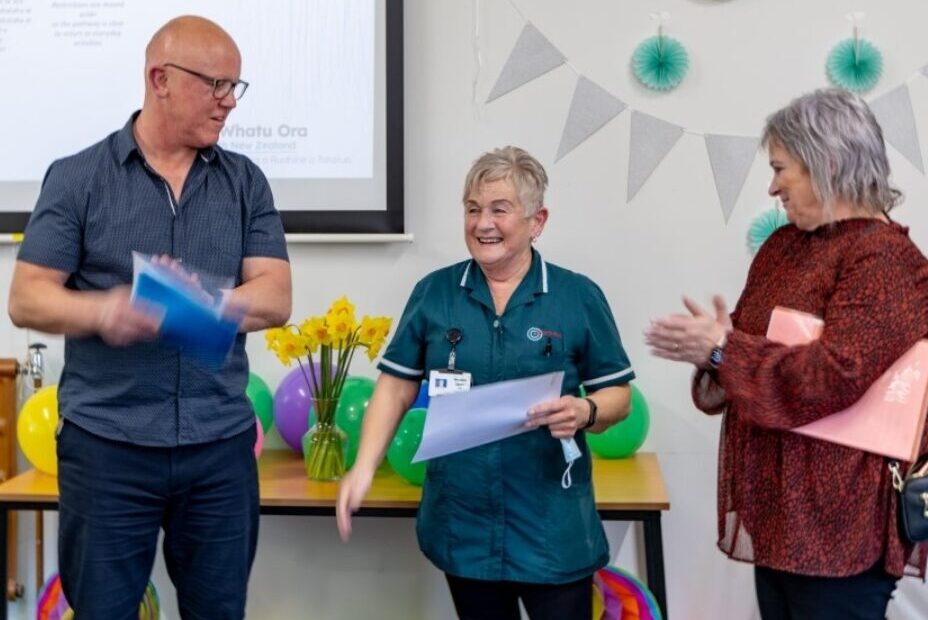
‘It takes a while to get your head around being recognised for something you’ve done all your life – that’s part of who you are.’
Casey said she was pleased that her work — and that of all HCAs — had been recognised, as it was “not always” appreciated.
“I don’t like attention, but I think it’s important to be appreciated in your job,” she told Kaitiaki. “It takes a while to get your head around being recognised for something you’ve done all your life – that is part of who you are.”
Casey began working at age 16 in the late 1960s, as what was then called a nurse aide in rest homes. She moved from Milton, in Otago, to Hamilton, then Gisborne, before landing in Palmerston North in the 1990s.
‘Immensely’ changed role
Over the years, the role had changed “immensely”, she said. “Back then, we didn’t have the lifting aids so you were doing heavy lifting all the time — it was very challenging.”
That included lifting residents in and out of baths at times, as showers were not always available. “It wasn’t safe at all — but that’s how it was back then.”
Today’s caregiving work was challenging in different ways, with more dementia, and physical and verbal abuse, she said. “I’ve been slammed into walls, had my head slammed onto a locker and held there; been punched in the mouth, pinched, scratched, strangled — when I started it was nothing like that.”
‘For the longest time we’ve always come under the umbrella of nursing – and we just want our voice to be heard as well.’
Casey left aged care for the hospital role 15 years ago for better pay — a decision she remains saddened by. However her daughter drew the line at her working two caregiving jobs just to make ends meet. “I loved my rest home work. It was a tough choice to leave but I could see the sense.”
At the time, her hourly rate jumped from $13.50 per hour to $17.
Casey said caregiving was about being a team player. “You’re there basically to support your nurses and your colleagues.”
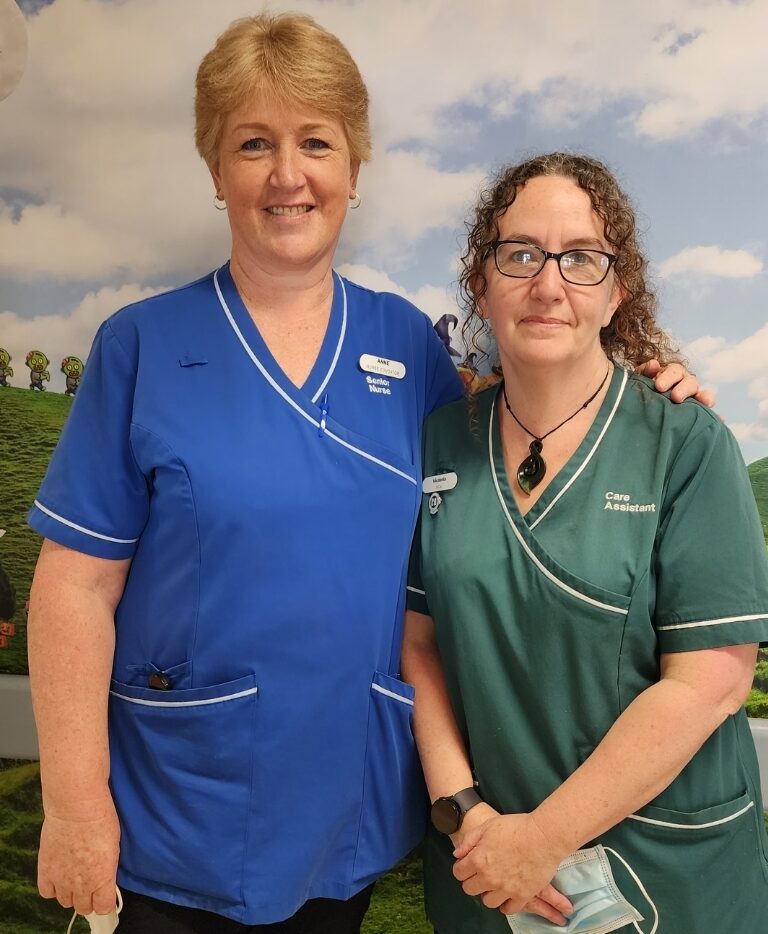
The HCA role covered “all sorts”, including one-to-one supervision of high-needs patients, assisting nurses, responding to patients’ call-buttons, taking them to the toilet and keeping the ward clean, tidy and stocked.
Casey had a “strong work ethic” and was rarely idle, she said.
“There’s always something to do — always. I’m thorough – to a fault probably. Patients watch me and say: ‘I haven’t seen a bed cleaned that well before!’ ”
The kaiāwhina awards at Te Pae Hauora o Ruahine o Tararua Midcentral (formerly Midcentral Health) began last year, after a long campaign for recognition. But this year they “exploded” with nominations, tripling to nearly 30, says founder, Palmerston North Hospital oncology ward HCA Victoria Richards.
“It was incredible to see, and there was a lot of support from other ward staff – charge nurses, RNs, educators, DONs [directors of nursing] – it was massive and really heartwarming.”
‘Unseen and unheard’
Richards said she had pushed for years for the recognition of kaiāwhina — an inclusive term for HCAs and hospital aides — who often felt “unseen”.
“We felt unseen, unheard, in a lot of ways,” Richards said. “For the longest time we’ve always come under the umbrella of nursing – and we just want our voice to be heard as well, that’s why these sorts of things are important.”

Richards — who is part of a NZNO-Tōpūtanga Tapuhi Kaitiaki o Aotearoa working group on the role of caregivers — said it was about being appreciated.
“To feel valued in your work, valued by your workmates — it just gives you a wee spark,” she said. “Because you’ve got some really hard days here in the hospital, and to feel valued makes it easier to come to work in the morning.”
Anderson said kaiāwhina brought a “different level of companionship and time” to patients, and were embraced as part of the Opal team, including with handovers.
“We couldn’t function in our ward without our beautiful team of HCAs.”
Palmerston North Hospital’s high dependency unit HCAs Vicki Casey and Horacio Garzan (both pictured, below, with nurse educator Mel Te Rauna) were highly commended in the awards.
|
|
|
